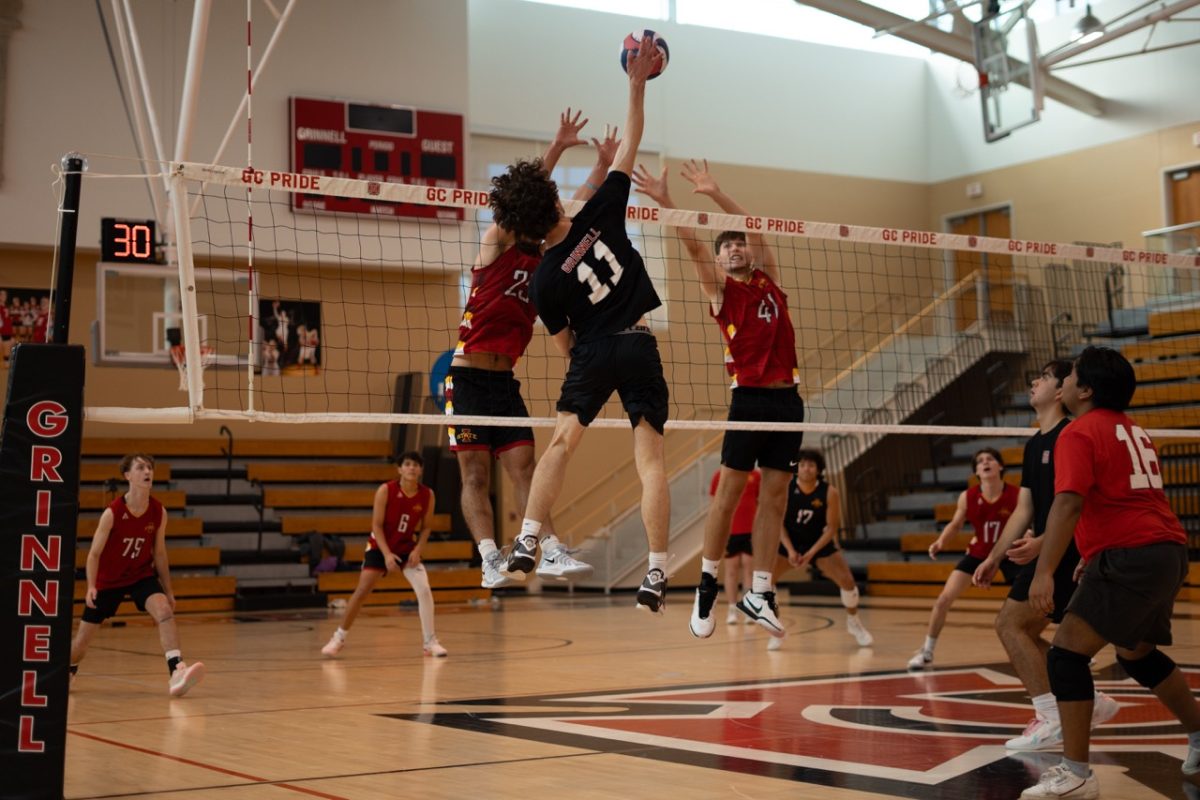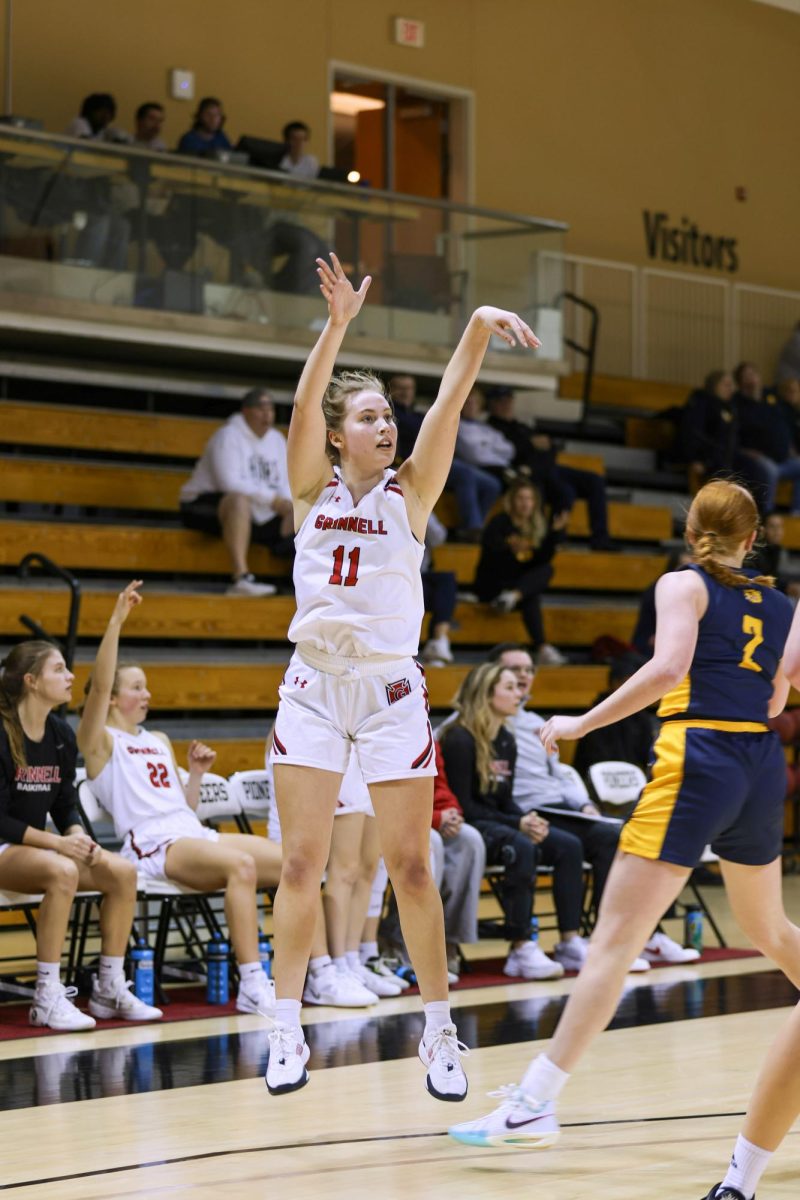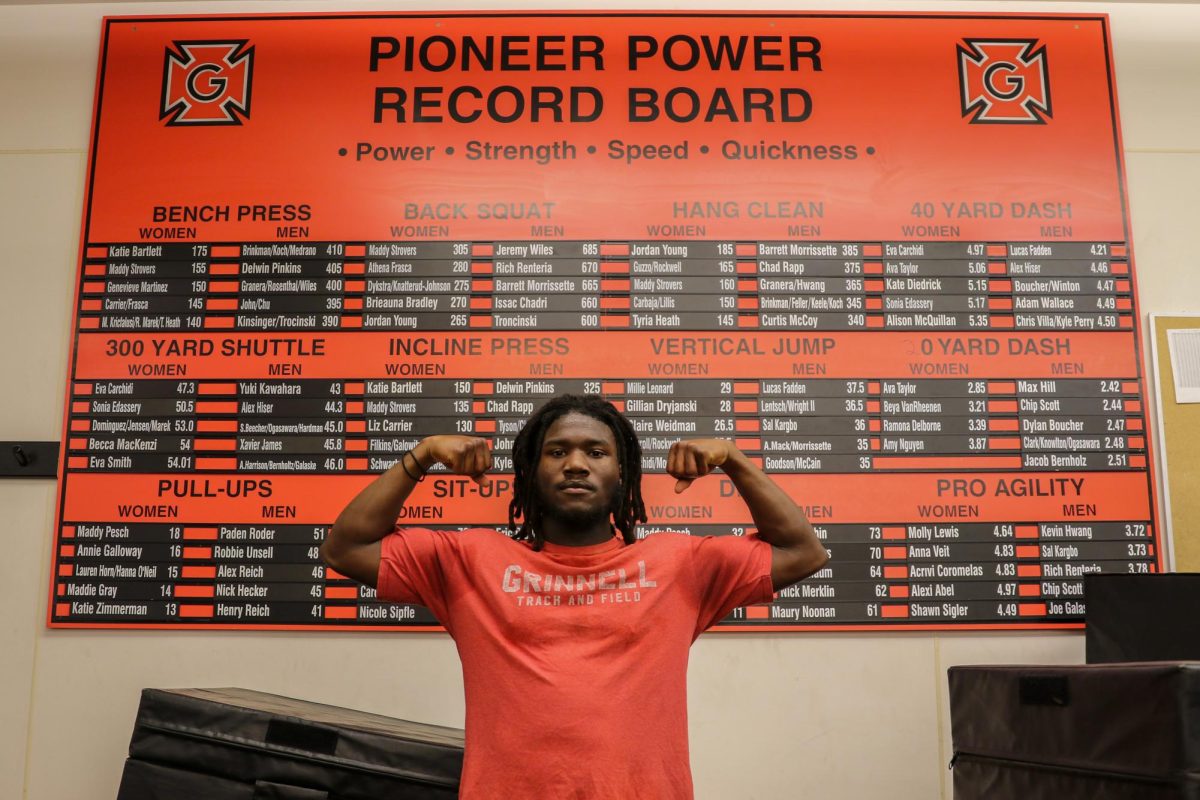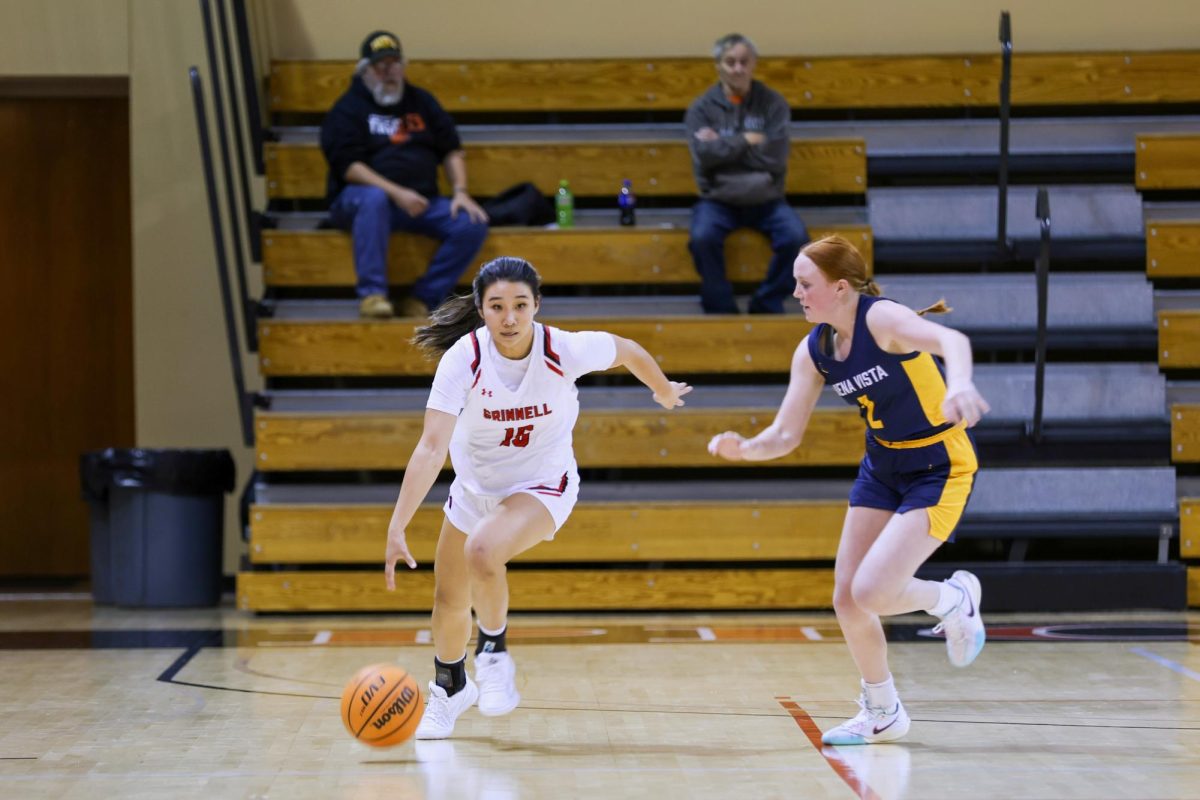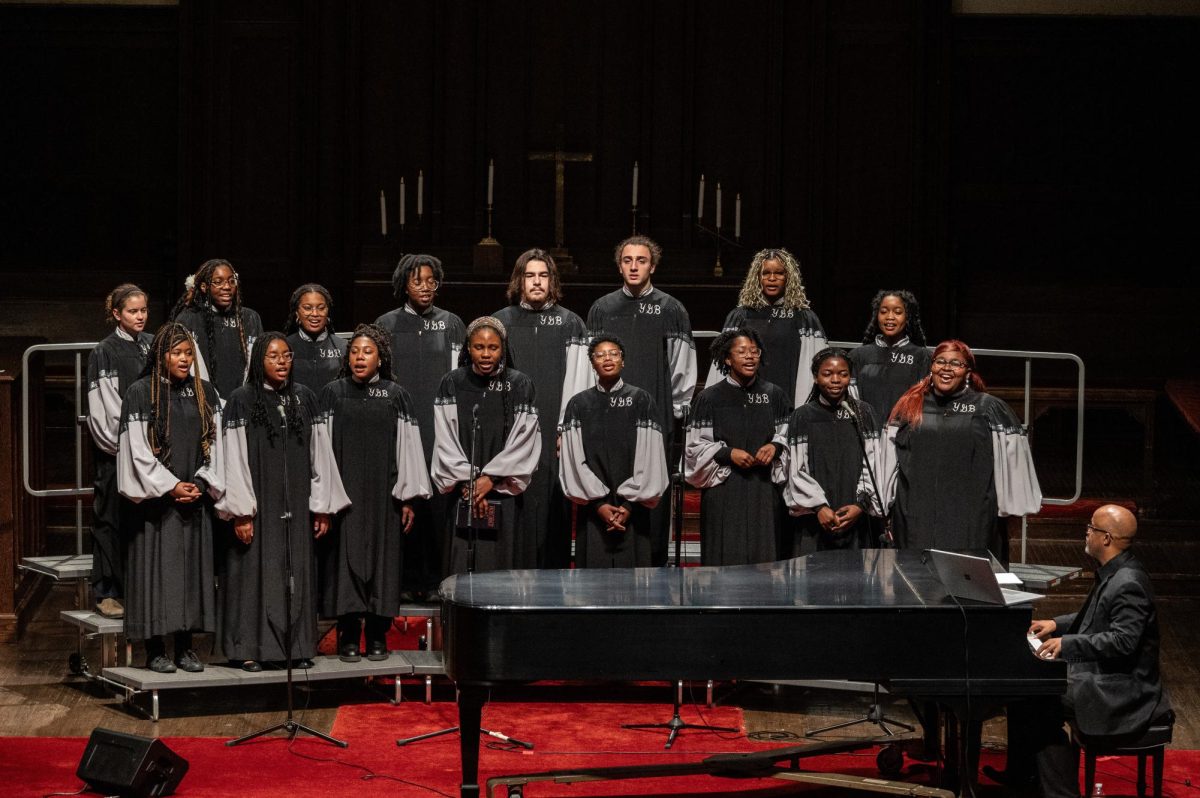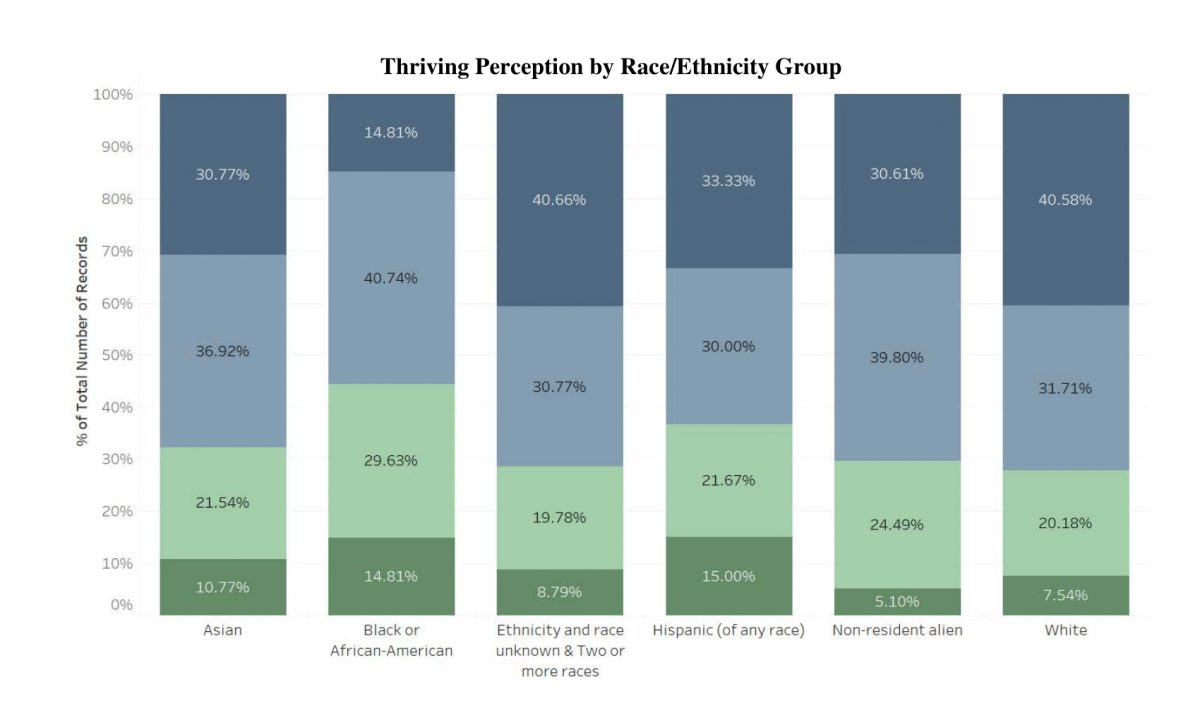There is something to be said for the kind of moralistic education that sports provide for young people. Being part of a team helps youths develop a conceptual understanding of the value in sacrifice, accountability and dedication, all of which are surely applicable to their future careers, as well as their day-to-day lives.
However, when Maryland football player Jordan McNair collapsed at an offseason workout last June — when his lungs gave out and his heart stopped beating — it was not because he was too committed to the team. Instead, it was because his coaches, his friends and the University of Maryland were too committed to an ideal.
McNair was a football player. This single fact gave his so-called educators, coaches and mentors a license to abuse and bully the 19-year-old. All in the name of molding a man.
Gender norms in American football
American football affirms and exasperates traditionally restrictive gender norms and expectations. Players are praised for playing through pain and injury, and an individual’s ability to inflict harm upon another human being is often what gets them their next big pay-day. In a society that is rapidly evolving in the way that it attempts to understand gender identity, sports (and football specifically) in some ways function as last bastions of masculinity — places where traditional masculinity isn’t only ever-present, but ever-profitable as well.
To be clear, I have no objection to people who are “tough” or “physical”; however, I do object to the notion of uniformity and conformity when it comes to sports. The idea that humanity and individualism cannot exist inside the confines of a field or arena seem counterintuitive, especially considering the amazing power that sporting events have shown in being able to open up networks and dialogues of cultural exchange, across the United States and throughout the world.
It is the uniform image of what it means to be a football player — and, to a larger extent, what it means to be a man — that is so problematic in our society right now. It is also one of the main reasons why Jordan McNair is dead.
The stereotypical rhetoric and dogma espoused by football coaches tends to attack two separate areas of a football player’s manhood — physical and mental. Players who are slow, weak or tired are lazy, selfish and soft. Players who lack traditional intelligence are targets of ridicule. Amazingly, the players who will garner the most praise and adulation from their coaches, teammates and fans are the one who are literally willing to die on the field.
And it is not just the players who are praised for their destructive behaviors. Coaches with a “tough love” approach to team-building are often exalted as “leaders of men,” and practices such as name-calling and physical punishment are seen as acceptable because they are done in the name of self-improvement and team improvement.
In fact, the dirty secret of sports, football and maybe capitalism, too, is this: if you win, if you succeed, you can bend the rules. An asshole coach with a losing football team is still an asshole. An asshole coach with a record above 500 is a mentor, leader and all-around great guy.
Abuse in college athletics
Though casualty in college athletics is thankfully very uncommon, patterns of abuse and deceit are not.
ESPN earlier this month reported the fact that Jordan McNair’s death was a tragic episode in what has been a long line of abuses and infraction committed by the school’s football program, specifically its strength and conditioning coach Rick Court who has since resigned.
In the report, players allege that they were forced to gain or lose weight by overeating or vomiting, made to practice and do drills with serious injuries and verbally abused by coaching personnel. Unfortunately, these allegations are similar to those which have been heard from other Division I football programs, as well as similar to those that ring out from all corners of the United States, on fields where students as young as elementary school students play.
Clearly, there is a culture of toxic masculinity in the American hegemonic sports landscape, with issues like mental health and LGBQTIA rights very much still taboo. Though many players and coaches are guilty of perpetuating this culture, most of the blame should fall squarely on those institutions and corporations who commodify and sanctify such behavior for their own personal gain.
If the NCAA cannot implement better oversight and incentives to protect player physical and mental well-being, than one has to wonder if football — at least in its current iteration — has any place going forward in a 21st century society.





















